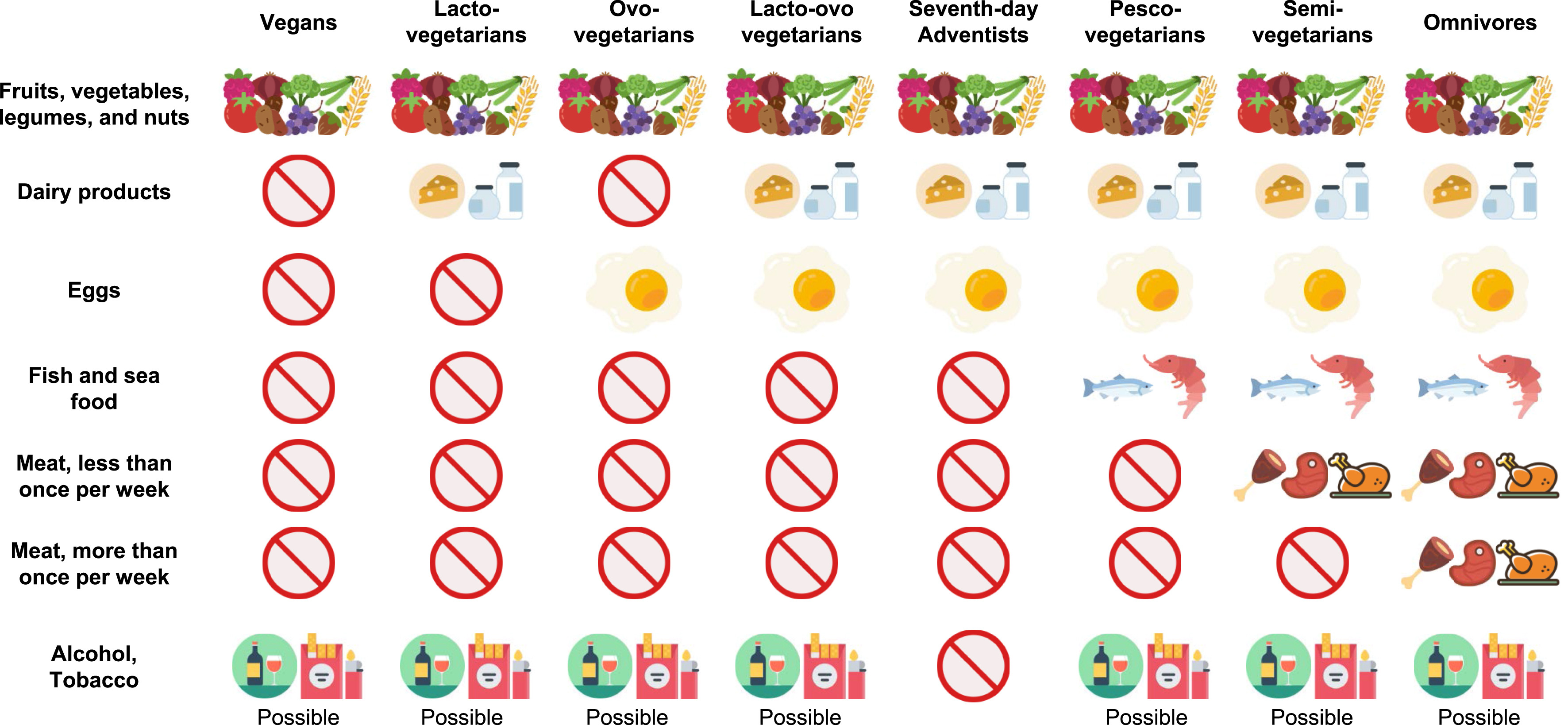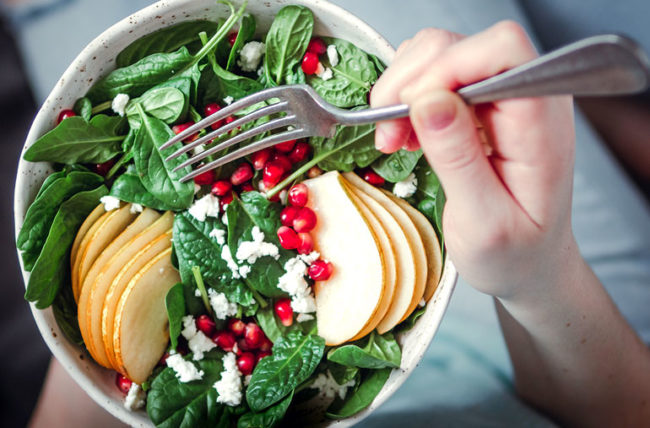
Your vegan pregnancy diet can be enriched with fats through the use of good oils and tasty salad dressings. Also, nuts can be a good source. Even though you can enjoy some chocolate, it is best to limit your intake. Avocados, olives, and coconut are all good sources for fat.
Vitamin C
Vitamin C is crucial for pregnant women who are trying to conceive. Although there are many vegan food products that include this vitamin, they don't absorb as well as vitamin D. Vegans should consider taking a vitamin supplement.
The stage and amount of vitamin you need will depend on your pregnancy. For lactating women, aim to get 200mg per day. You can also consume a daily vegan supplement with up to 300mg of DHA.

It is important to be aware of the best sources for each nutrient so you can plan ahead. While vegan food provides many nutrients, fortified foods are available and supplements are also available. Low-birth-weight women who eat vegan foods are more at risk of developing complications during pregnancy, such as gestational diabetes and premature birth.
Iron
Iron is a vital nutrient for pregnant women. A vegan pregnancy diet could be a great option. The body requires 48 mg of iron daily, and plant-based foods have a lower absorption rate than animal-based sources. Additionally, the iron requirements of pregnant vegan women are greater than those of an omnivore. While it can be challenging to get enough iron from a vegan diet, it is not impossible.
Vegan pregnancy diets are low in zinc, iron, and vitamin D. Although this mineral can be found in animal products, it is not sufficient in vegan foods. Plant-based foods contain iron, zinc gluconate, and manganese, but these minerals are less concentrated than those found in animal-based food. Individual needs will determine the amount of zinc that a vegan diet contains.
Calcium
Pregnant women who want to eat vegan should ensure that they get sufficient calcium from plant foods. Calcium is important for developing a baby and building strong bones. It also helps the body's blood clot properly and maintains normal functioning of the heart and other organs. Since most of the body's calcium is stored in the bones, it is important to consume enough calcium in the diet to avoid bone problems.

There are several foods that are fortified with calcium. A vegan diet should include a variety of foods to ensure adequate calcium intake. 130 mg of calcium is found in 2 tablespoons of sesame seed butter. Flax seeds as well as chia and chia are rich in calcium. These foods also have fiber, iron and Zin. Lentils as well as beans are rich sources of calcium. Other nutrients such as folate, magnesium and potassium are also found in beans and lentils.
FAQ
How to measure body weight?
A Body Fat Analyzer (BFA) is the best method to measure bodyfat. These devices are used for measuring the percentage of body fat in people who want to lose weight.
What is the problem with BMI?
BMI stands to Body Mass Index. This refers to the measurement of body weight based on height. The following formula can be used to calculate BMI.
Weight in kilograms divided with height in meters.
The result is expressed using a number from 1 to 25. A score of 18.5 or higher indicates overweight, while a score of 23 or higher indicates obesity.
A person with a body mass index of 22 and a weight of 100 kg and a height 1.75m will have a BMI.
What is the distinction between a calories and a kilogramcalorie?
Calories can be used to measure how much energy is in food. Calories are the unit of measurement. One calorie is equal to one degree Celsius in energy.
Kilocalories refer to calories in another way. Kilocalories can be measured in thousandsths of one calorie. 1000 calories are equal to one kilocalorie.
Statistics
- This article received 11 testimonials and 86% of readers who voted found it helpful, earning it our reader-approved status. (wikihow.com)
- WHO recommends consuming less than 5% of total energy intake for additional health benefits. (who.int)
- Extra virgin olive oil may benefit heart health, as people who consume it have a lower risk for dying from heart attacks and strokes according to some evidence (57Trusted Source (healthline.com)
- In both adults and children, the intake of free sugars should be reduced to less than 10% of total energy intake. (who.int)
External Links
How To
How to Live a Healthful Lifestyle
Healthy lifestyle means you can maintain your weight, health, and fitness. It is a lifestyle that involves eating healthy, exercising regularly and avoiding drugs, alcohol, nicotine, and tobacco. Healthy living can help you feel better about yourself and keep you fit. In addition, a healthy lifestyle reduces your risk of chronic diseases like heart disease, stroke, diabetes, cancer, osteoporosis, arthritis and many others.
The main goal of this project was to provide a step-by-step guide on how to live a healthier life. The introduction is the first part of this project. This explains why healthy living should be encouraged and who it is. Then, I wrote the body paragraphs, which consist of different tips on how to keep a healthy lifestyle. The conclusion summarizes the article and offers additional resources if necessary.
This assignment taught me how to write a concise paragraph. Also, I learned how my ideas could be organized into topic sentences or supporting details. My research skills were also improved as I had to search for specific sources and cite them correctly. Finally, I learned how to properly use grammar when writing.